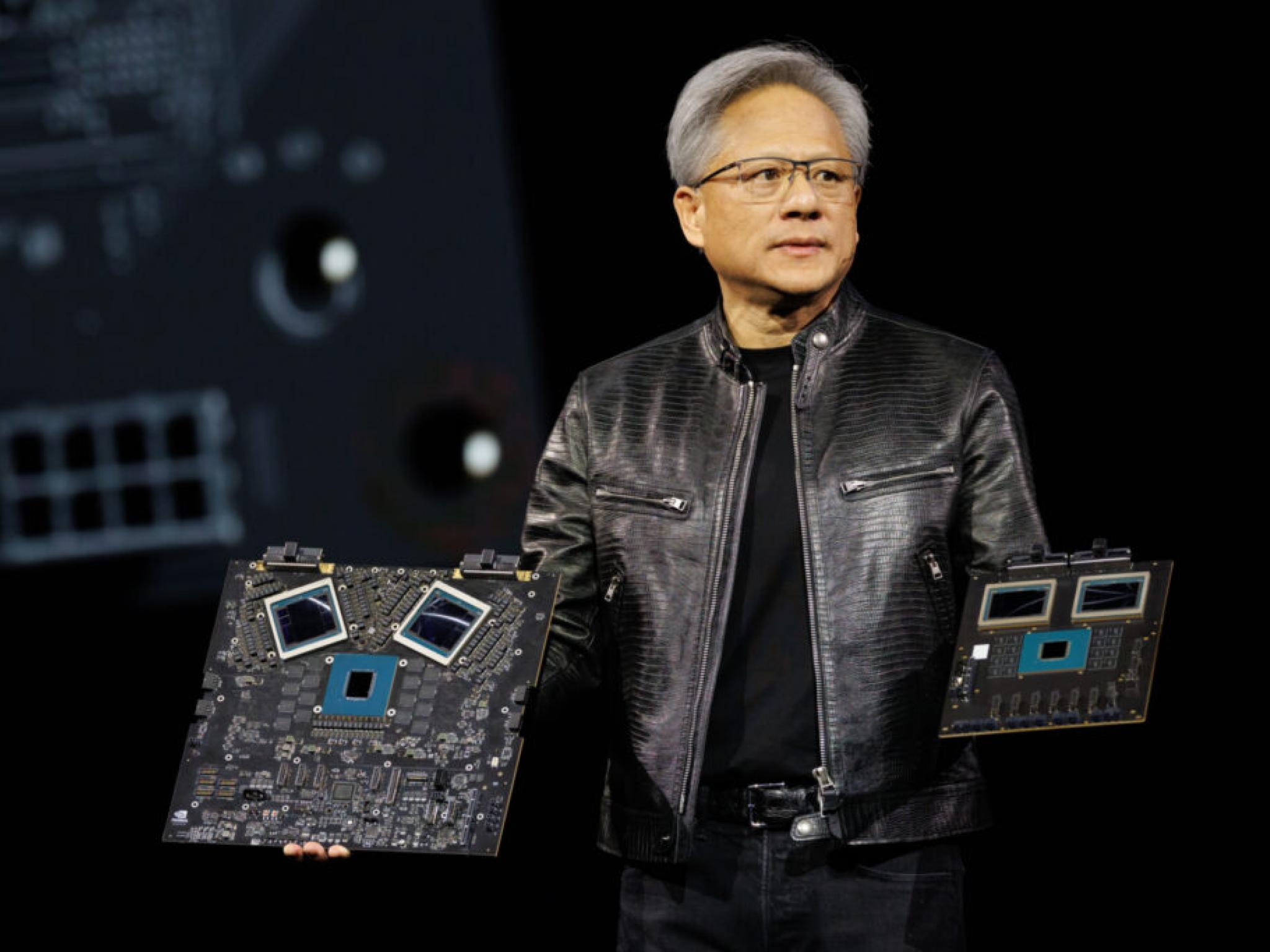
Nvidia Corp. (NASDAQ:NVDA), under CEO Jensen Huang, has reached a staggering $3.53 trillion market capitalization today, establishing itself as a leader in gaming, data centers, and artificial intelligence (AI).
Let's explore how Nvidia evolved from its pre-pandemic foundation to become a dominant force in the post-COVID tech landscape.
Pre-COVID: Building A Strong Foundation
Before the pandemic, Nvidia was already a major player in the technology sector, thanks to its dominance in graphics processing units (GPUs). Its GeForce GPUs were the gold standard for gamers.
At the same time, Nvidia began expanding its data center footprint with products like the A100 GPUs, laying the groundwork for its eventual pivot to AI and high-performance computing.
Financially, Nvidia's performance in 2020 reflected the challenges of the pre-COVID market. The company reported $10.92 billion in revenue, a 7% decline from the previous year.
Nvidia's stock price saw a remarkable 119% increase in 2020, closing the year at $13.02 per share.
Nvidia also launched its Turing and Ampere architectures, which introduced capabilities like real-time ray tracing and enhanced AI processing.
But the real game-changer would prove to be its $7 billion purchase of Mellanox Technologies in 2020, marking Nvidia’s move into high-performance computing and networking solutions.
See Also: Nvidia Blackwell Supplier Vishay Intertechnology Likey To See Upside Courtesy Of AI Frenzy: Analyst
Navigating COVID-19: Challenges And Strategic Adjustments
Global supply chain disruptions and an unprecedented surge in demand for GPUs exposed vulnerabilities in Nvidia's production capabilities.
At the time, the company's CFO, Colette Kress, acknowledged that supply chain constraints were a persistent issue, particularly during the cryptocurrency mining boom and the launch of the GeForce RTX 30 Series GPUs.
Nvidia responded to these challenges by collaborating with manufacturing partners to increase production.
The company also prioritized the production of chips for AI and data center applications, seizing the opportunity presented by rising AI demand.
Post-COVID Growth: Accelerating Through The AI Revolution
The launch of its Ampere architecture in 2020 was a turning point, enabling Nvidia to capture the growing demand for AI-driven technologies. It also acquired Cumulus Networks to strengthen its networking capabilities.
Nvidia's investments in AI extended to healthcare, with the $100 million Cambridge-1 supercomputer project in the U.K., which supported advanced medical research.
These moves reflected a shift in Nvidia's priorities, as the company embraced AI and data centers as core growth drivers.
Subscribe to the Benzinga Tech Trends newsletter to get all the latest tech developments delivered to your inbox.
Technological Breakthroughs And Market Leadership
Nvidia's dominance in AI and computing was further solidified with the 2024 launch of its Blackwell microarchitecture.
The company also expanded its capabilities in generative AI through partnerships, such as its collaboration with Getty Images in 2023 to develop a new AI tool.
By 2024, Nvidia introduced NVLM 1.0, a family of large language models that underscored its leadership in AI innovation.
Nvidia's GPUs also became indispensable for companies like Oracle and Tesla, which were reportedly competing for access to its H100 chips.
Milestones And Market Impact
In 2023, the company's valuation crossed $1 trillion. By June 2024, Nvidia reached the $3 trillion mark. Currently, its market cap stands at $3.53 trillion.
Earlier this month, Nvidia reported third-quarter revenue of $35.1 billion, marking a 94% year-over-year increase and surpassing the Street consensus estimate of $33.12 billion, according to Benzinga Pro.
Nvidia projected its fourth-quarter revenue to be approximately $37.5 billion, with a margin of plus or minus 2%.
Price Action: Nvidia’s stock rose 0.66% on Tuesday, closing at $136.91. Year-to-date, Nvidia shares have surged an impressive 184.24%, significantly outperforming the Nasdaq 100 index’s 26.47% gain over the same period.
Check out more of Benzinga's Consumer Tech coverage by following this link.
Read Next:
Disclaimer: This content was partially produced with the help of AI tools and was reviewed and published by Benzinga editors.
Photo courtesy: Nvidia







